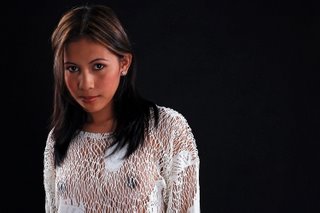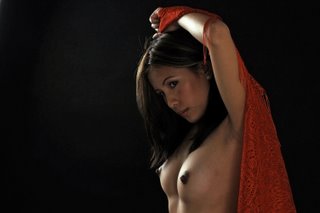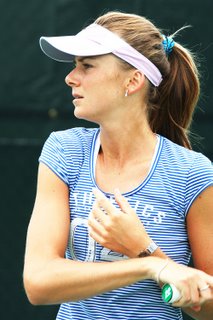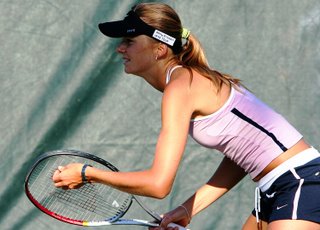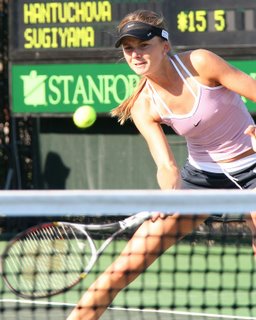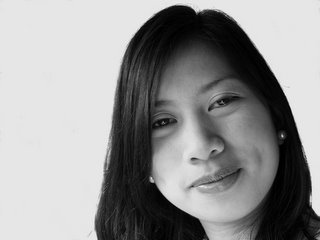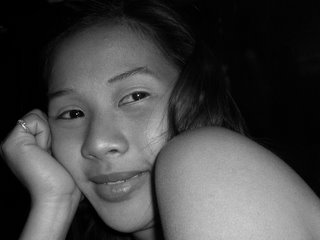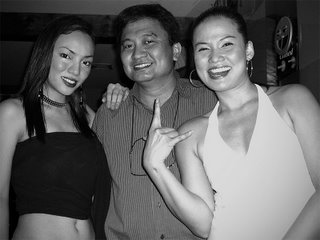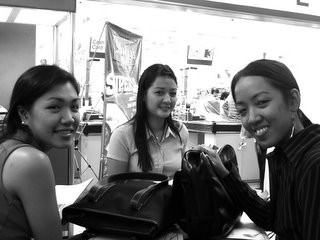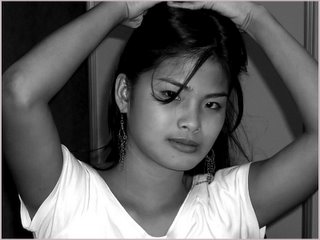
Also known as the "The Rock", Corregidor is an island fortress built and fortified by the Americans during the

early 20th century when the United States succeeded control of the island from the Spaniards. The island, strategically located on the mouth of the Manila Bay, was the last to fall into the hands of the Japanese Imperial Army during the World War II. After being restored and developed by the Corregidor Foundation, the island is now a memorial of the Pacific War leaving behind ruins of buildings, antiquated big guns, tunnel and tell tales of bravery and heroism of Filipino, American and Japanese soldiers who fought and died for glory during World War II.
 Middle Side Barracks
Middle Side Barracks, located at the middle sector of the island, these are the ruins of what used to be the barracks of regiments of American and Filipino soldiers who defended the island.
 Malinta Tunnel
Malinta Tunnel, basically used as a bomb shelter offering protection from artillery and air attacks. it also served as a seat of the Philippine Government and headquarters of the USAFFE Defense Command during the World War II.

The photo on the right is bus
replica of a pre-war tram used as a means of conveyance in the island
 The Battery Way
The Battery Way boasts of four heavy mortars capable of lobbing explosive shells in any direction.

the barrel of one of the four mortar guns at the Battery Way.
converted to B&W and added a film grain
the photo on the left was post processed in PS CS2 to get the desired
Holga effect Battery Hearn
Battery Hearn, this gun emplace- ment hosts the most powerful cannon during its time, capable of firing projectiles reaching as far as Bataan and Cavite.
extensively manipulated in photoshop to achieve an old look effect. Battery Grubbs
Battery Grubbs, is located on an elevated part of the island overlooking the sea. it was armed with two guns mounted on disappearing carriages which will rise up vertically when firing projectiles but will retract back to its normal position after usage under the cover of thick walls beyond the sight of enemy ships.

a stairway in Battery Grubbs leading to an open view of the Manila Bay from the northwest side of the island
 Battery Grubbs
Battery Grubbs is situated on the west central part of Corregidor and this gun emplace- ment was intended to fire towards the direction of northwest.
 Pacific War Memorial
Pacific War Memorial, a tribute to honor the Filipino and American soldiers who fought in the Pacific War. located at the Top Side of the island.

one of the howitzers stationed on the Parade Ground on the Top Side of the island.
converted to B&W and added a film grain effect
Pacific War Memorial Museum, located at the Memorial is a repository of relics and memorabilia related to the history of Corregidor.
 Eternal Flame of Freedom
Eternal Flame of Freedom, located at the rear end of the Pacific War Memorial atop a platform overlooking the panoramic view of the Manila Bay, the Bataan Peninsula and the coastlineof Cavite. It is a large steel sculpture which symbolizes the Flame of Freedom burning eternally. The sculpture commemorates the sacrifices, hopes and aspirations, and the heroic struggle by the Philippines and the United States to preserve freedom for future generations.
 Spanish Lighthouse
Spanish Lighthouse, located at the highest point of the island on the Top Side. The second lighthouse constructed by the Americans to replace the original Spanish lighthouse was destroyed during the Pacific War. This post war lighthouse was built on the same site where the original Spanish lighthouse was erected. If you're on top of the lighthouse, a breath-taking view of Corregidor, Manila Bay, the South China Sea, and the neighboring provinces of Bataan and Cavite, awaits you.

a pole sign within the lighthouse compound showing the relative direction and distance of some key cities.

communication tower beside the lighthouse
 Japanese Memorial Garden
Japanese Memorial Garden, located at the tail end of the island, this garden hosts several memorial shrines and markers. The construction of this garden was partly funded by some Japan based private groups.

our group shot in front of Malinta Tunnel
 Sunset photo graphy fascinates a lot of people because of the rich colors and warm tones they usually offer. One cool rule in shooting sunrise and sunset is to keep in mind that the sun rises in the east and sets in the west. We're quite lucky to have our Manila Bay on the west where the sun sets on the bay horizon.
Sunset photo graphy fascinates a lot of people because of the rich colors and warm tones they usually offer. One cool rule in shooting sunrise and sunset is to keep in mind that the sun rises in the east and sets in the west. We're quite lucky to have our Manila Bay on the west where the sun sets on the bay horizon.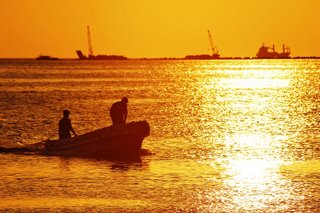 Photo graphing sunsets can be tricky because the scene you may want to capture fades away in a blink of an eye, so an early preparation and set up of equipment is very much advisable. Perhaps, the best lens to shoot with is a tele-zoom lens with a range of at least 200mm on the far end of the zoom if you want to make the sun a bigger piece of object in your photo. When shooting with telephotos, tripod can be useful to eliminate or minimize blur.
Photo graphing sunsets can be tricky because the scene you may want to capture fades away in a blink of an eye, so an early preparation and set up of equipment is very much advisable. Perhaps, the best lens to shoot with is a tele-zoom lens with a range of at least 200mm on the far end of the zoom if you want to make the sun a bigger piece of object in your photo. When shooting with telephotos, tripod can be useful to eliminate or minimize blur. With the advent of digital cameras where you can preview your shots, exposure settings can easily be had. I shoot sunsets before, during and after the sun appears on the horizon. In most cases, spectacular sunset shots can be had after the sun had already disappeared in the horizon. A good example of this is my photo of yachts below where the sky casts a visually appealing tone on the waters. Sunset shots taken before the sun appears in the sky are equally magnificent too and a good example of this are the first two photos above.
With the advent of digital cameras where you can preview your shots, exposure settings can easily be had. I shoot sunsets before, during and after the sun appears on the horizon. In most cases, spectacular sunset shots can be had after the sun had already disappeared in the horizon. A good example of this is my photo of yachts below where the sky casts a visually appealing tone on the waters. Sunset shots taken before the sun appears in the sky are equally magnificent too and a good example of this are the first two photos above. I occasionally under expose my sunset shots because of the over powering light of the scene. Since the sunlight may become so bright and dominant, don't stare at the sun for quite too long using your viewfinder to avoid any eye problem. I usually meter and adjust my settings in the manual mode with two to three stops underexposure either on the aperture or shutter controls but always choose a small aperture to achieve a more expansive depth of field. To add spice to a sunset shot, it also wise to frame some silhouetted figures such as boats, buildings, bridges, people or trees to impart a better scale, depth and perspective on the photo.
I occasionally under expose my sunset shots because of the over powering light of the scene. Since the sunlight may become so bright and dominant, don't stare at the sun for quite too long using your viewfinder to avoid any eye problem. I usually meter and adjust my settings in the manual mode with two to three stops underexposure either on the aperture or shutter controls but always choose a small aperture to achieve a more expansive depth of field. To add spice to a sunset shot, it also wise to frame some silhouetted figures such as boats, buildings, bridges, people or trees to impart a better scale, depth and perspective on the photo. Another cool rule when taking sunset shots is never divide your photo in the middle. Either you emphasize the sky or the foreground but do not place the division in the middle. As you may see on the examples I've posted, emphasis is either given on the sky or on the waters depending on what you want to achieve. Sunset shots should either accentuate the colors of the sky or the reflections on the waters or both.
Another cool rule when taking sunset shots is never divide your photo in the middle. Either you emphasize the sky or the foreground but do not place the division in the middle. As you may see on the examples I've posted, emphasis is either given on the sky or on the waters depending on what you want to achieve. Sunset shots should either accentuate the colors of the sky or the reflections on the waters or both.
